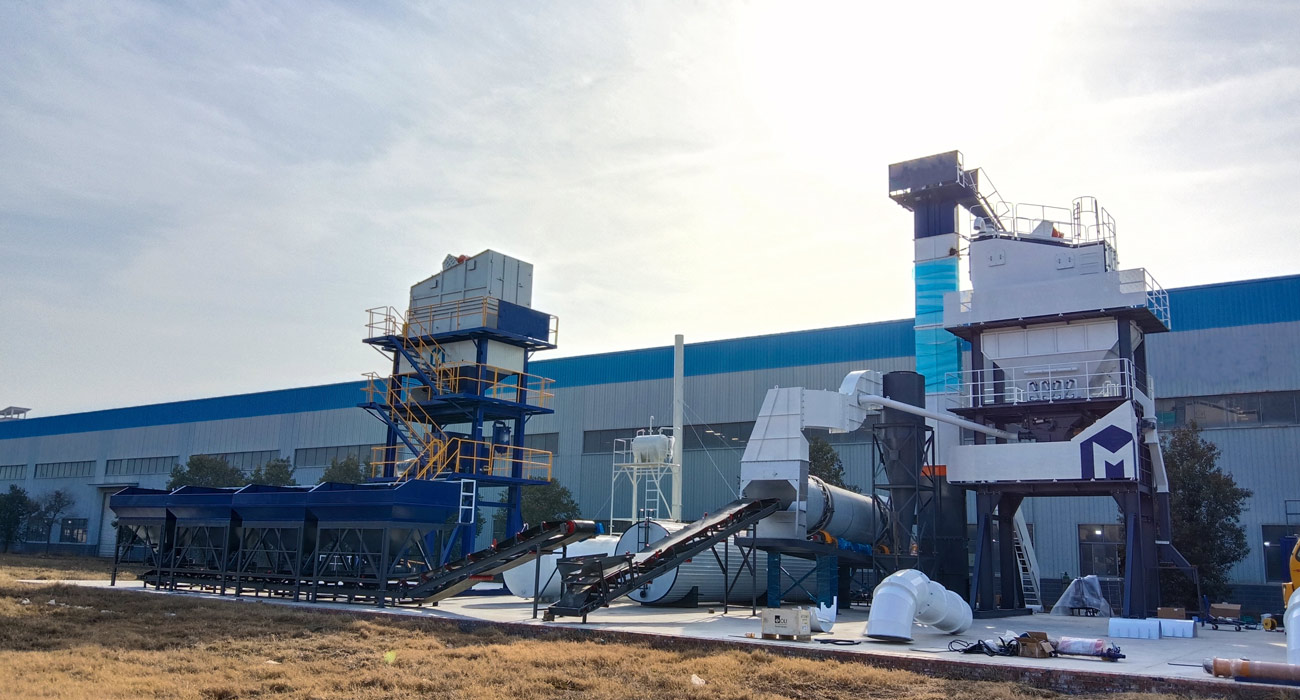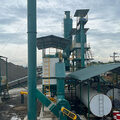Highway construction projects are typically extensive, involving long-line and multi-section builds that require mobile asphalt plants to relocate flexibly to supply materials for different sections. When considering the mobile asphalt plant price, it’s essential to factor in the costs associated with modular design that facilitates easy relocation. Evaluating the rationality of modular splitting in the quotation—such as ensuring component weight is suitable for conventional transportation and that there are quick connection interfaces—can help maintain the efficiency of equipment relocation, aligning it with the construction rhythm of multiple highway sections and preventing delays.

Understanding the Importance of Modular Design
In the context of highway construction, the ability to relocate mobile asphalt plants efficiently is crucial. Projects often span vast areas, and the plant must be able to move between sections quickly to keep up with the material demands. Therefore, a well-thought-out modular design becomes a key factor in the mobile asphalt plant price.
The modular approach allows for easy disassembly and transportation, which is vital for minimizing downtime during relocation. Understanding how the modular components contribute to the overall efficiency can help contractors make informed decisions when evaluating quotations.

Evaluating Component Weight for Transportation
One of the critical aspects to consider when assessing the mobile asphalt plant price is the weight of the individual components. Components should be designed to be lightweight enough to meet conventional transportation standards without sacrificing durability. Heavier components may require specialized transport, increasing costs and potentially delaying relocation.
When reviewing the quotation, it’s important to check whether the supplier has provided information on the weight of each component. Ensuring that these weights are optimized for standard transport will greatly enhance the plant’s mobility, allowing for quicker transitions between sections of the highway.

Assessing Quick Connection Interface Design
Another vital aspect of modular design is the inclusion of quick connection interfaces. These interfaces should allow for rapid assembly and disassembly, significantly reducing the time needed for setup and relocation. A well-designed interface can streamline the process, ensuring that all components fit together seamlessly and can be connected or disconnected with minimal effort.
Contractors should inquire about the specifics of these connection systems in the quotation. Understanding how quickly the plant can be set up or taken down will provide insight into how well it can keep pace with the demands of highway construction.

Ensuring Efficiency Matches Construction Rhythm
Ultimately, the goal of evaluating the mobile asphalt plant price is to ensure that the equipment can adapt to the fast-paced nature of highway construction. The efficiency of relocation must align with the construction rhythm of multiple sections. If relocation takes too long, it can lead to project delays that impact timelines and budgets.
By carefully assessing the modular design elements in the quotation, including component weight and quick connection systems, contractors can make informed decisions that optimize their operations. This approach not only enhances productivity but also helps maintain the overall project schedule.
Conclusion: Making Informed Decisions for Highway Construction
When evaluating mobile asphalt plant prices for highway construction projects, understanding the implications of modular design is essential. Components should be designed for easy transport and quick assembly to facilitate efficient relocation between project sections.
By focusing on the rationality of modular splitting in the quotation, contractors can ensure that their equipment meets the demands of highway construction without incurring additional costs or delays. This thorough evaluation will ultimately lead to a smoother operational flow and a successful project outcome.





